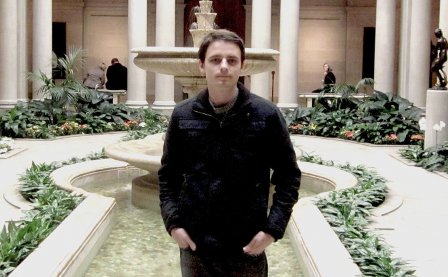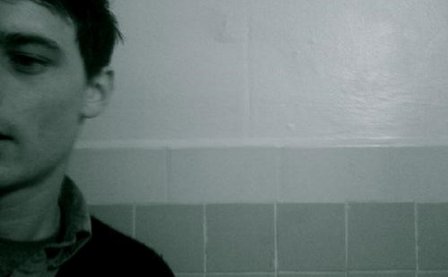Kyle Bobby Dunn has an unfortunate habit of distancing himself from the extreme emotional weight of his own work, more interested in taking the piss out of his own sadboy image than he is in discussing how his music functions as an intensely personal extension of himself. Self-deprecation is often used as a defense mechanism among artist types; one can easily avoid the pitfall of being seen as self-serious or pretentious by poking more holes in your own image than your detractors can. Dunn has learned how to utilize this trick well, and as a purveyor of lengthy, elegiac neoclassical suites, it may be a necessary tool. His incessant mockery of his own melancholic tendencies, as well as track titles ranging from the facetious (“The Same (Drunk in Quebec & In Love Club Remix)”) to the aggressively absurd (“Boring Hills of Foot Fetishville”), suggest that he does not intend to take himself too seriously by any means. Melodrama and overtly sentimental gestures are avoided with the same uncomfortable dismissiveness with which one might joke about subject matter too heavy for casual conversation.
The offering up of the intensely personal into the public sphere seems to be central to Dunn’s work; when they aren’t obviously flippant, the titles of his pieces evoke accompanying narratives that are simultaneously evocative and maddeningly vague; “Ontop of Timeless Hour,” “Those Satisfactions Are Permanent,” “And the Day Is Dunn (And I Can Only Think of You).” One can easily imagine these as soundtracks to poignant black-and-white vignettes, providing similar yet more subdued ambience as an Explosions in the Sky song, for instance.
The pieces on Kyle Bobby Dunn & the Infinite Sadness are often reminiscent of Mark Rothko’s monumental color field paintings; uniform in texture and tone, with the artist attempting to evoke a powerful emotional response from his audience through pure, unadulterated beauty. Rothko spoke often about how his paintings “live[d] by companionship, expanding and quickening in the eyes of the sensitive observer.” Dunn’s music relies similarly on the listener to project their own experiences, casting his audience as a small craft in a milk sea, if you will, moved by the waves and eddies of his arrangements but ultimately in control of where the piece takes them. He has mastered what musicians like Stars of the Lid or Music for Airports-era Brian Eno set out to create; music that is transportive without being illustrative, that complements the listeners’ experiences without intruding upon them with overtly personal authorial inserts. His work operates on a plane that is truly its own, divorced even from its creator, which is a testament both to his strength as an artist and a musician, and to his unwillingness to more fully involve himself in his pieces.
Rothko would have, of course, hated the notion of completely given up control of the meaning of his work — he complained frequently to gallery owners that his works should only be viewed by those who had the proper temperament to understand them and was notoriously fussy over the exact lighting and viewing conditions — but Dunn is a far more charitable artist. And the Infinite Sadness is nothing less than yet another generous gift from him to the world, a suite of songs for you to use as you like — as an emotional salve, as sonic sculpture to be marveled at, or as a means of finding meaning in one’s own life.
More about: Kyle Bobby Dunn




